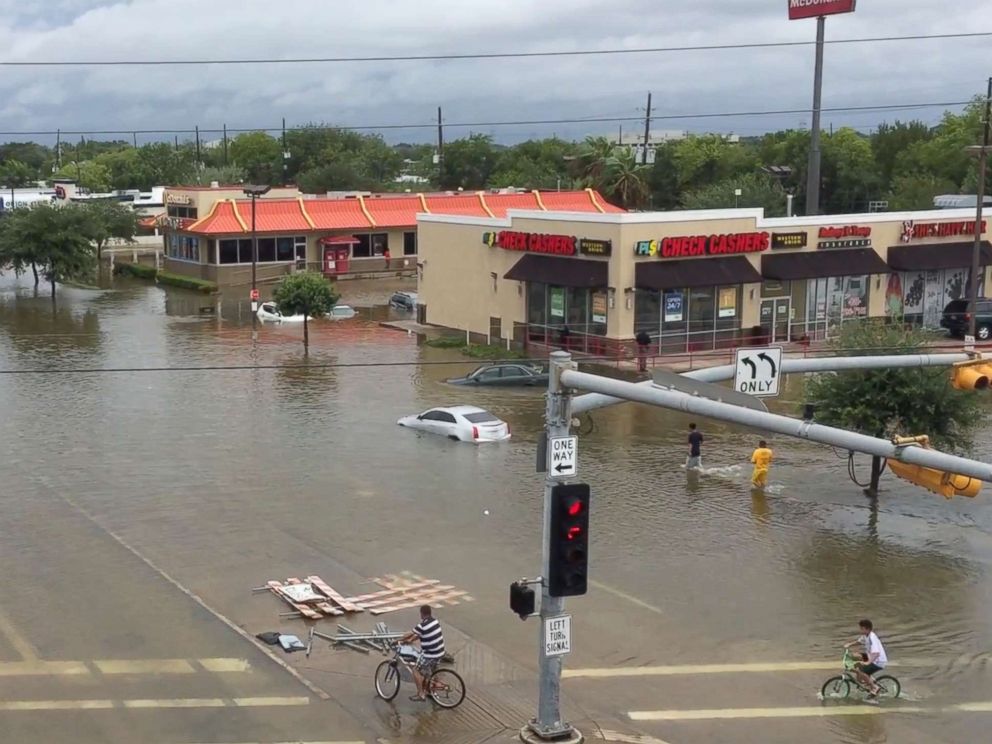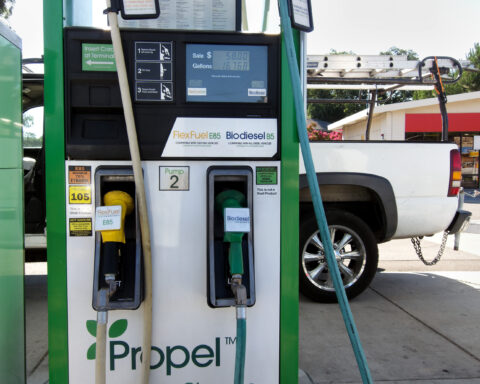Due to climate change, extreme weather events are occurring with greater frequency and intensity, resulting in a rise in response and recovery efforts nationwide. The Federal Emergency Management Agency (FEMA) announced Monday that the agency will soon reveal around $715 million in new project selections designed to prevent or minimize flood damage.
Funds come from the Investing in America Agenda and will assist communities across the country in strengthening their resilience to extreme weather.
The Bipartisan Infrastructure Law has significantly boosted funding for the Flood Mitigation Assistance program: Compared to the $160 million available during the fiscal 2021 before the law, funding for project selections has nearly increased fivefold.
Over five years, this legislation will provide a total of $3.5 billion to the program.
“Flooding is already the nation’s most costly and frequent disaster, and climate change is only making it worse,” FEMA Administrator Deanne Criswell says. “Additional funding from the Bipartisan Infrastructure Law is providing communities more critical resources to withstand increasing flood threats. Whether it’s elevating or acquiring flood-prone properties, these dollars are going to make communities more prepared and reduce disaster suffering for future generations.”
FEMA offers funding through this program to states, local communities, tribes and territories to help reduce or eliminate the risk of repeated flood damage to buildings insured under the National Flood Insurance Program (NFIP). The funding is divided into three categories:
- Capability and Capacity Building Activities, which support tasks like project planning and design.
- Localized Flood Risk Reduction Projects, focused on strengthening community resilience against flooding through initiatives such as floodplain management, and restoration and protection of wetlands, marshes, rivers, and coastlines.
- Individual Flood Mitigation Projects, designed to protect specific homes and buildings from flooding, including options like purchasing or raising properties above flood levels.
Monday’s project selections help the most disadvantaged communities strengthen their resilience to climate change and extreme weather. In line with the Justice40 Initiative, 40% of the benefits from certain federal investments will go to marginalized neighborhoods that have faced underinvestment and pollution.
In this funding cycle, FEMA significantly increased support for disadvantaged communities, raising the share from 16% in fiscal 2021 to more than 50%, at $367 million.
This announcement supports FEMA’s 2024 Year of Resilience campaign and the goals of the National Climate Resilience Framework, helping communities prepare for future challenges. In line with FEMA’s mission to maintain a prepared nation, the agency expanded its geographic reach, adding over 60 new project selections.
Chosen projects designed for reducing flood risks and lowering NFIP claims include:
- In Wildwood, N.J., the Pacific Avenue storm mitigation project will tackle street flooding by redesigning the stormwater management system. A new pump station will ensure proper drainage of stormwater runoff.
- St. John the Baptist Parish in Louisiana plans to elevate 132 homes that are prone to flooding, raising them at least 2 feet above the base flood elevation to prevent future damage and reduce insurance claims.
- Moab, Utah, will reduce flood risks by upgrading two flood-prone detention basins, White Canyon and Johnson Canyon. The improvements will include building better spillways to protect properties downstream.
- The Arizona Department of Game and Fish will develop alternative designs to address safety concerns at Black Canyon Dam, improving safety for nearly 200 downstream structures.
All 197 projects are located in communities that participate in the NFIP across 25 states. Along with flood control measures, these projects will reduce risks to individual properties through actions such as elevating, acquiring and reconstructing insured buildings.
Photo courtesy Chabad Lubavitch













